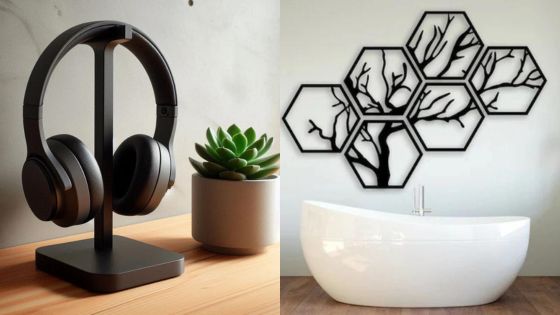Japandi style is a design trend that combines the best of two cultures: the simplicity and elegance of Japanese design with the coziness and warmth of Scandinavian interiors. This fusion creates a harmonious and balanced aesthetic that is both practical and beautiful. Japandi style is becoming increasingly popular around the world as people seek to create a peaceful and calming atmosphere in their homes.
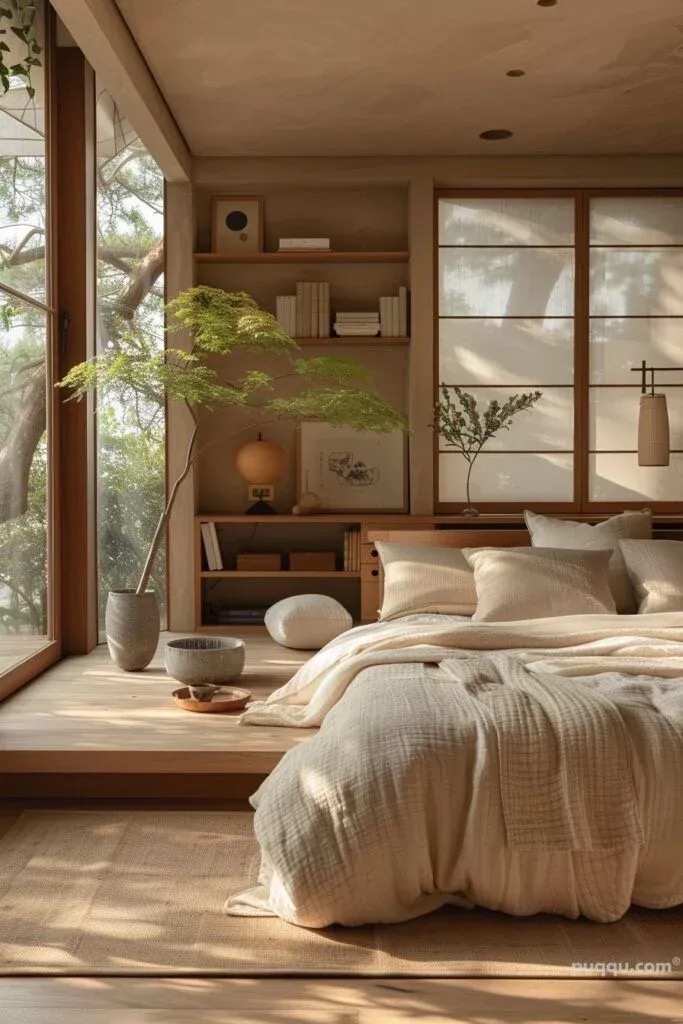
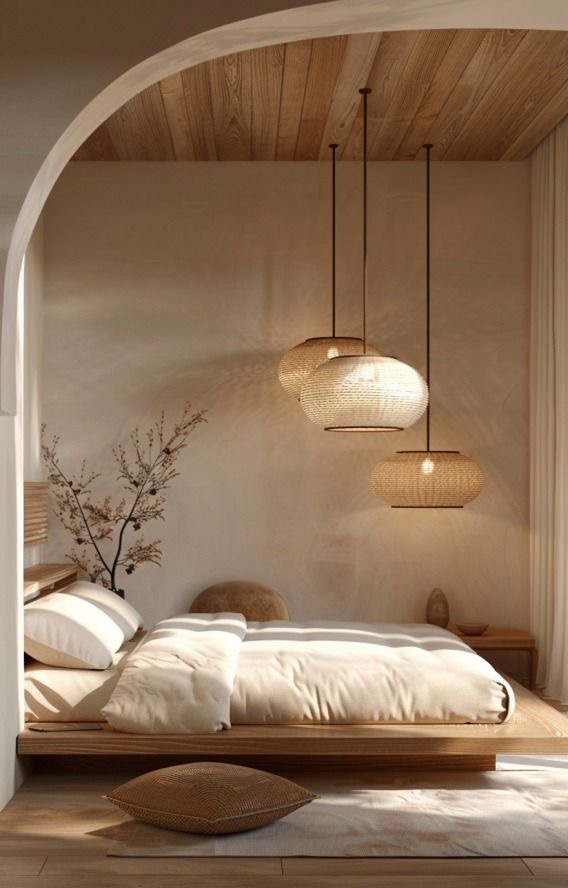
The origins of Japandi style can be traced back to the mid-20th century when Japanese design began to influence Scandinavian interiors. Both styles share a focus on minimalism, natural materials, and functionality. Japandi style takes these principles further by incorporating elements of wabi-sabi, a Japanese philosophy that celebrates imperfection and the beauty of natural materials. This creates a sense of warmth and intimacy that is often lacking in modern design.
Key Takeaways
- Japandi style combines Japanese and Scandinavian design principles to create a harmonious and balanced aesthetic.
- The key principles of Japandi style are minimalism, natural materials, and functionality, with an emphasis on wabi-sabi.
- Incorporating Japandi style in your space can create a peaceful and calming atmosphere while embracing sustainability and cultural significance.
Origins of Japandi Style

Japandi style is a fusion of two design styles – Japanese minimalism and Scandinavian functionality. This design trend has gained popularity in recent years due to its simple, clean, and calming aesthetic.
Japanese Minimalism
Japanese minimalism is a design style that emphasizes simplicity, functionality, and the use of natural materials. This design style is deeply rooted in Japanese culture and philosophy, which values simplicity, harmony, and the beauty of imperfection.
Japanese minimalism is characterized by clean lines, neutral colors, and the use of natural materials such as wood, stone, and bamboo. This design style also emphasizes the use of negative space, which creates a sense of calm and tranquility.
Scandinavian Functionality
Scandinavian design is known for its functionality, simplicity, and use of natural materials. This design style emerged in the 1950s and 1960s in Denmark, Finland, Norway, and Sweden.
Scandinavian design is characterized by clean lines, neutral colors, and the use of natural materials such as wood, leather, and wool. This design style also emphasizes the use of light, which creates a sense of warmth and coziness.
Japandi style combines the best of both worlds – the simplicity and natural materials of Japanese minimalism and the functionality and use of light of Scandinavian design. This fusion creates a unique and harmonious design style that is perfect for those who value simplicity and tranquility in their home decor.
Key Principles of Japandi

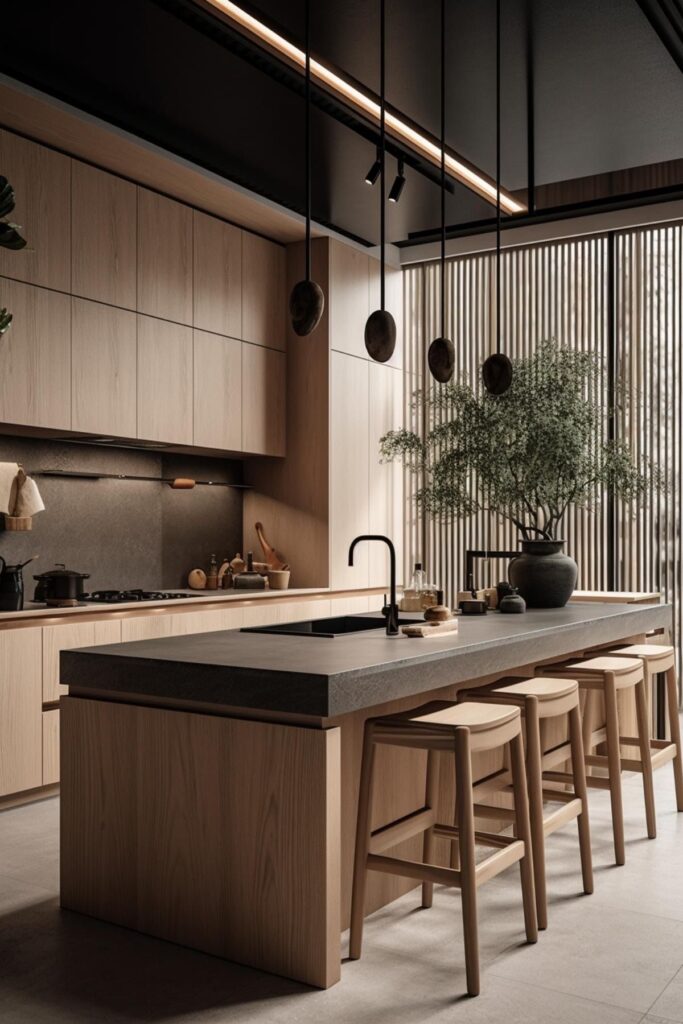
Simplicity and Naturalism
One of the key principles of Japandi style is simplicity. This means that the design is minimalistic and uncluttered, with only the necessary elements included. The focus is on creating a calming and peaceful environment, which is achieved through the use of natural materials such as wood, stone, and bamboo. These materials are used to create a connection with nature, which is an essential part of Japandi style.
Comfort and Coziness
Another important principle of Japandi style is comfort and coziness. This is achieved through the use of soft and warm textures, such as wool, cotton, and linen. The furniture is designed to be comfortable and inviting, with large cushions and soft seating. The aim is to create a space that is relaxing and welcoming, where people can feel comfortable and at ease.
Craftsmanship and Quality
Craftsmanship and quality are also essential principles of Japandi style. The furniture and accessories are carefully crafted, with attention to detail and quality materials. This means that the pieces are not only beautiful but also functional and durable. The aim is to create a space that is not only aesthetically pleasing but also practical and long-lasting.
In summary, Japandi style is characterized by simplicity, naturalism, comfort, coziness, craftsmanship, and quality. By following these key principles, it is possible to create a space that is both beautiful and functional, where people can feel relaxed and at ease.
Design Elements

Color Palette
Japandi style is characterized by a simple and muted color palette that emphasizes natural tones and textures. The color scheme typically includes shades of white, beige, gray, and black, with occasional pops of muted greens, blues, or browns. The goal is to create a calming and serene atmosphere that highlights the beauty of natural materials and minimalist design.
Materials and Textures
Japandi style combines the simplicity and functionality of Japanese design with the warmth and coziness of Scandinavian design. This results in a focus on natural materials such as wood, stone, and bamboo, as well as textures such as linen, wool, and leather. The goal is to create a tactile and inviting space that feels both modern and timeless.
Furniture and Decor
Japandi style favors clean lines, simple shapes, and functional design. Furniture is typically low to the ground and made of wood or other natural materials. Decorative elements are minimal and often have a sculptural quality, such as a ceramic vase or a wooden sculpture. The goal is to create a space that is both practical and beautiful, with a focus on quality over quantity.
Overall, Japandi style is a harmonious blend of Japanese and Scandinavian design elements that emphasizes simplicity, natural beauty, and functionality.
Incorporating Japandi in Your Space
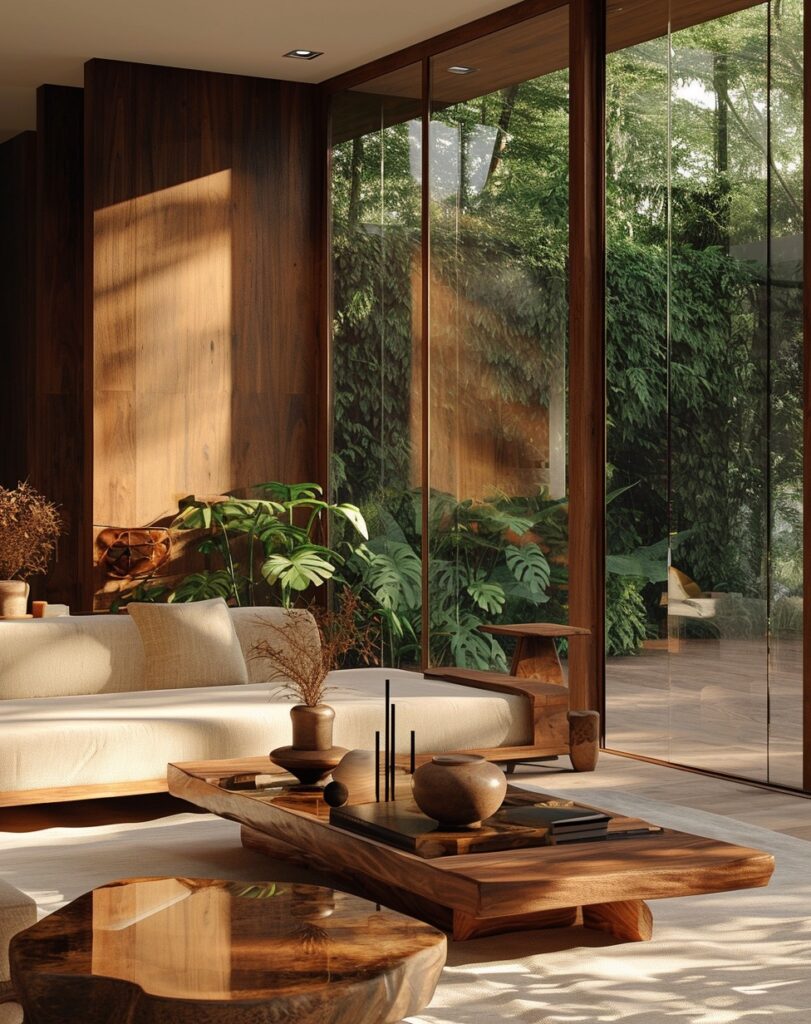
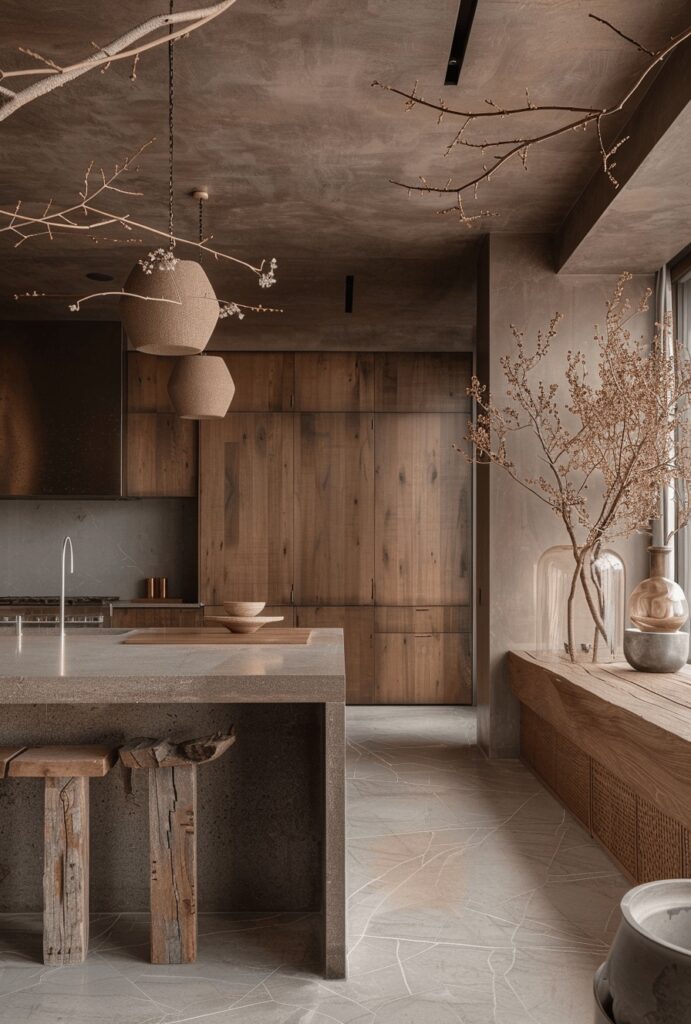
Spatial Layouts
When incorporating Japandi style in your space, it’s important to focus on simplicity and functionality. Spatial layouts should be uncluttered, with a minimalist approach to furniture and decor. This means choosing pieces that are both aesthetically pleasing and practical.
Japandi style often incorporates natural materials such as wood and stone, so it’s important to choose furniture that reflects this. Consider using low-slung furniture, such as a low coffee table or floor cushions, to create a relaxed and informal atmosphere.
Functional Accessories
In Japandi style, accessories should serve a purpose beyond just decoration. Consider using functional accessories such as woven baskets for storage or a wooden ladder for hanging towels in the bathroom.
When it comes to decor, less is more. Choose a few statement pieces, such as a large vase or a piece of art, rather than cluttering the space with lots of small items.
Lighting and Ambiance
Lighting is an important aspect of Japandi style, as it can create a calming and relaxing atmosphere. Natural light should be maximized, with windows left unobstructed and curtains kept to a minimum.
When it comes to artificial lighting, choose warm and soft tones rather than harsh, bright lights. Consider using floor lamps or table lamps instead of overhead lighting to create a more intimate and cozy ambiance.
Overall, incorporating Japandi style in your space requires a focus on simplicity, functionality, and natural materials. By following these principles, you can create a space that is both aesthetically pleasing and practical.
Sustainability in Japandi
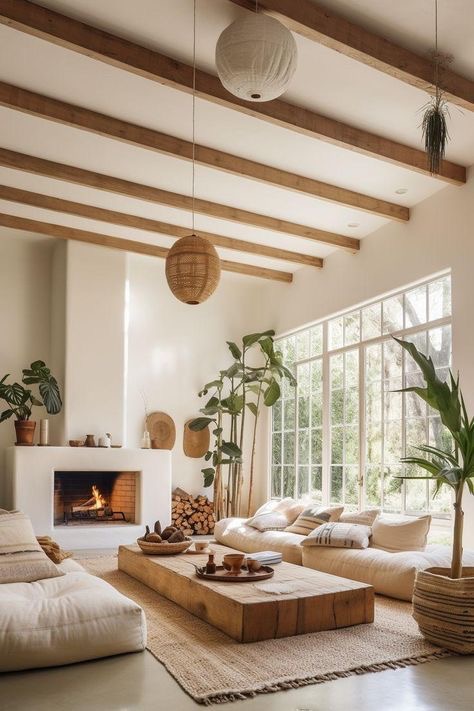
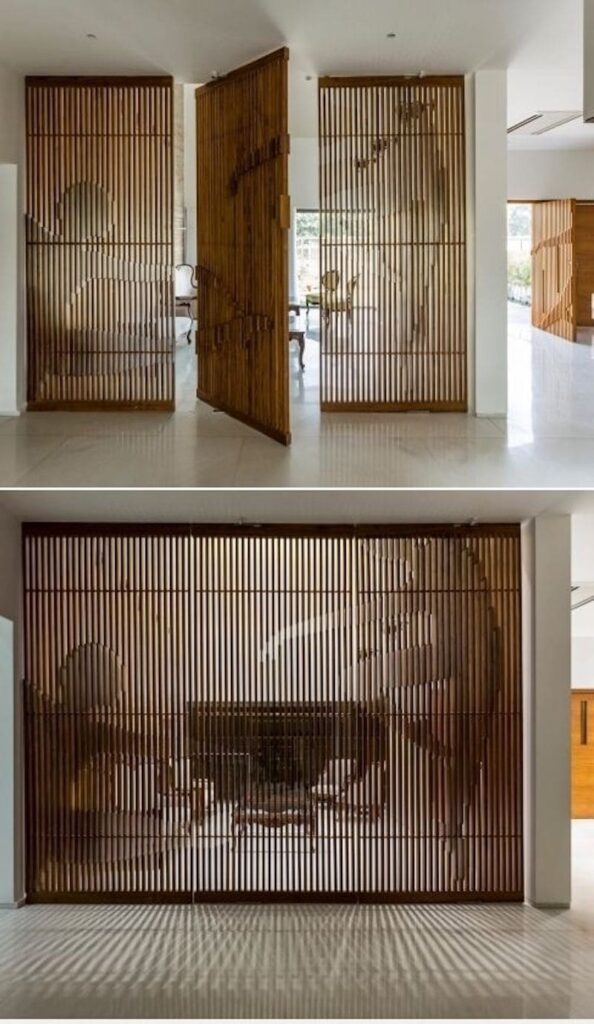
Eco-Friendly Practices
Japandi style is known for its minimalist and functional design, which often incorporates eco-friendly practices. One such practice is the use of natural light and ventilation to reduce energy consumption. This is achieved through the use of large windows, skylights, and open floor plans that allow air to circulate freely.
Another eco-friendly practice is the use of low-VOC (volatile organic compound) paints and finishes. These products have lower levels of harmful chemicals, making them safer for both the environment and human health.
Sustainable Materials
Japandi style also emphasizes the use of sustainable materials in furniture and decor. This includes materials such as bamboo, cork, and reclaimed wood. These materials are often locally sourced and have a lower environmental impact than traditional materials like plastic and metal.
In addition, Japandi style often incorporates the use of natural fibers in textiles and upholstery. These fibers, such as linen and cotton, are biodegradable and have a lower environmental impact than synthetic fibers like polyester.
Overall, Japandi style promotes sustainability through its use of eco-friendly practices and sustainable materials. By incorporating these elements into their homes, individuals can reduce their environmental impact while still enjoying a beautiful and functional living space.
Cultural Significance
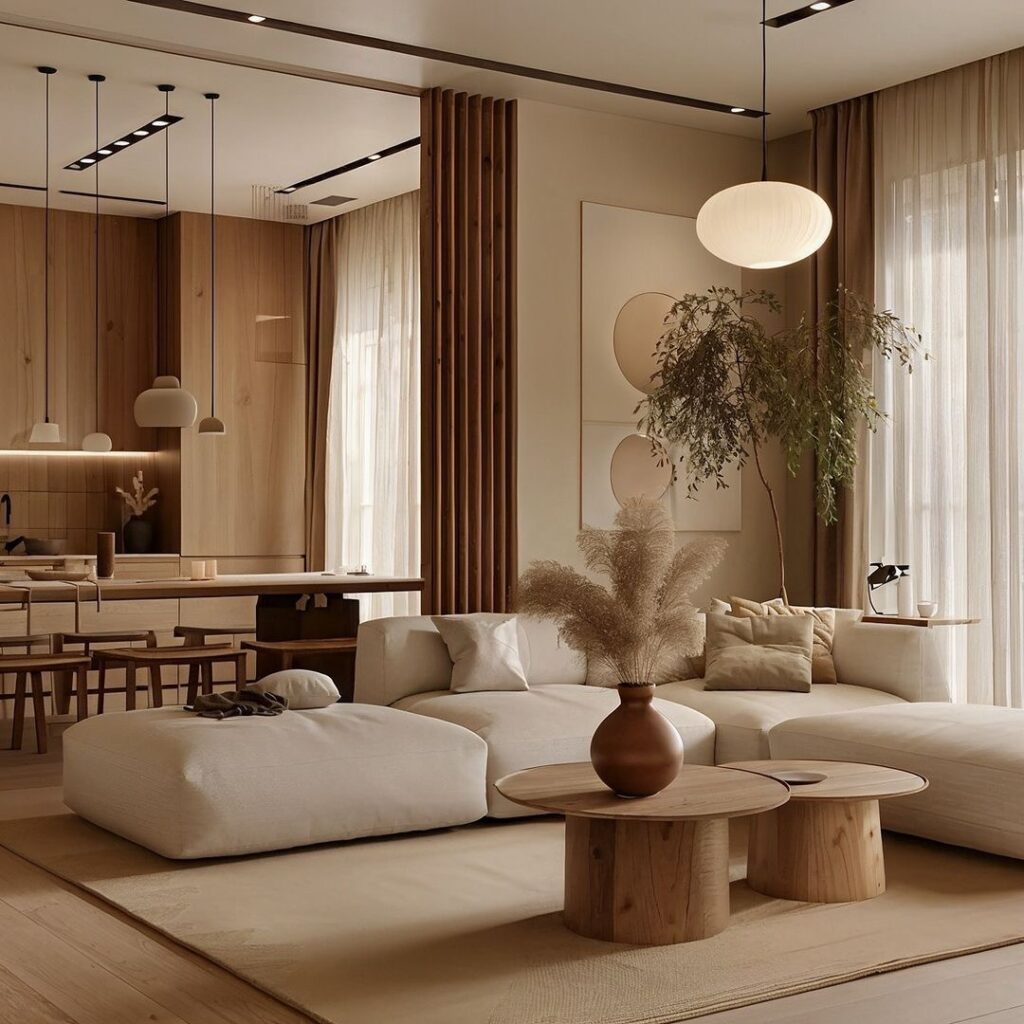
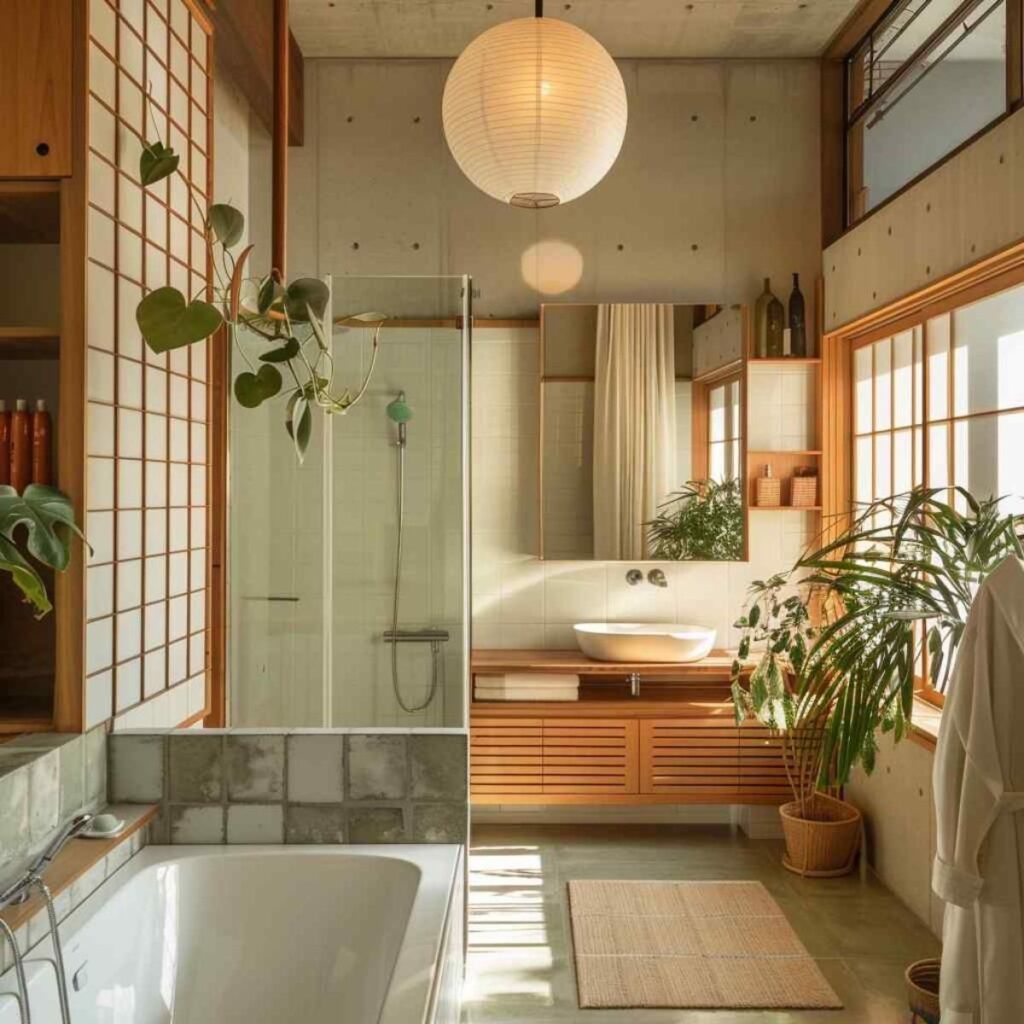
Influence on Modern Living
Japandi style is a fusion of Japanese and Scandinavian design elements that has gained popularity in recent years. This design style emphasizes simplicity, minimalism, and functionality. It is characterized by clean lines, neutral colors, and natural materials. The Japandi style has had a significant influence on modern living, especially in terms of interior design.
One of the key features of Japandi style is its emphasis on minimalism. This design style encourages people to declutter their living spaces and focus on the essentials. This has become a popular trend in modern living, as people seek to simplify their lives and reduce their environmental impact. The Japandi style also emphasizes the use of natural materials, such as wood and stone, which has become a popular trend in sustainable design.
Cross-Cultural Exchange
The Japandi style is a product of cross-cultural exchange between Japan and Scandinavia. This design style reflects the shared values of these two cultures, such as simplicity, functionality, and a connection to nature. The Japandi style has become a popular trend in interior design, as people seek to create spaces that are both beautiful and functional.
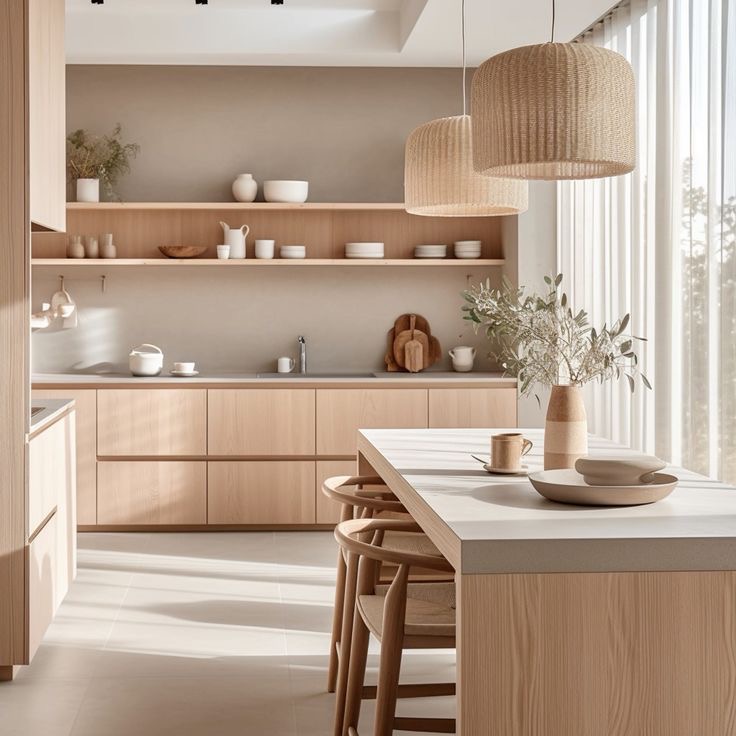
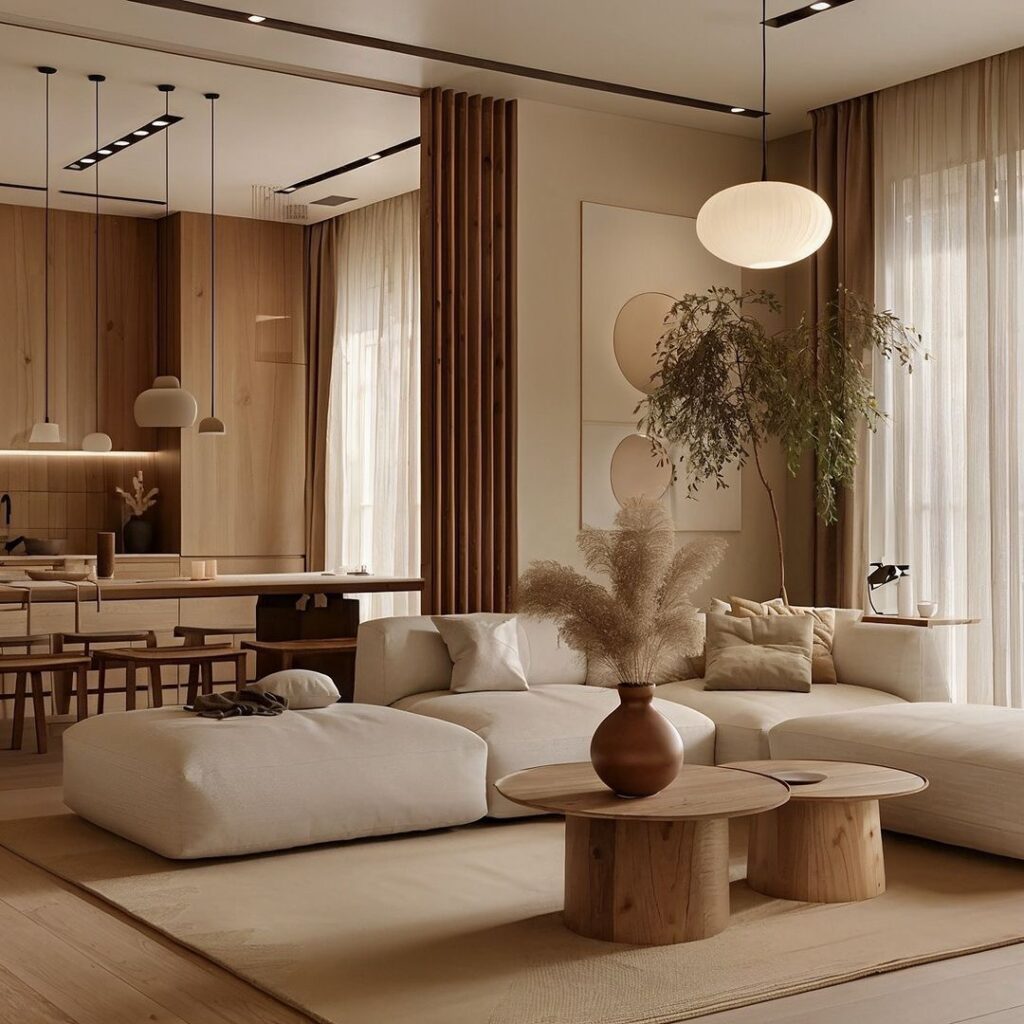
The Japandi style has also had a significant influence on other areas of design, such as fashion and product design. This design style has inspired designers to create products that are simple, elegant, and functional. The Japandi style has also become popular in hospitality design, as hotels and restaurants seek to create spaces that are both comfortable and stylish.
In conclusion, the Japandi style has had a significant cultural significance in modern living and design. Its emphasis on simplicity, minimalism, and functionality has become a popular trend in sustainable design. The Japandi style reflects the shared values of Japan and Scandinavia and has inspired designers to create products that are both beautiful and functional.
Future of Japandi Style
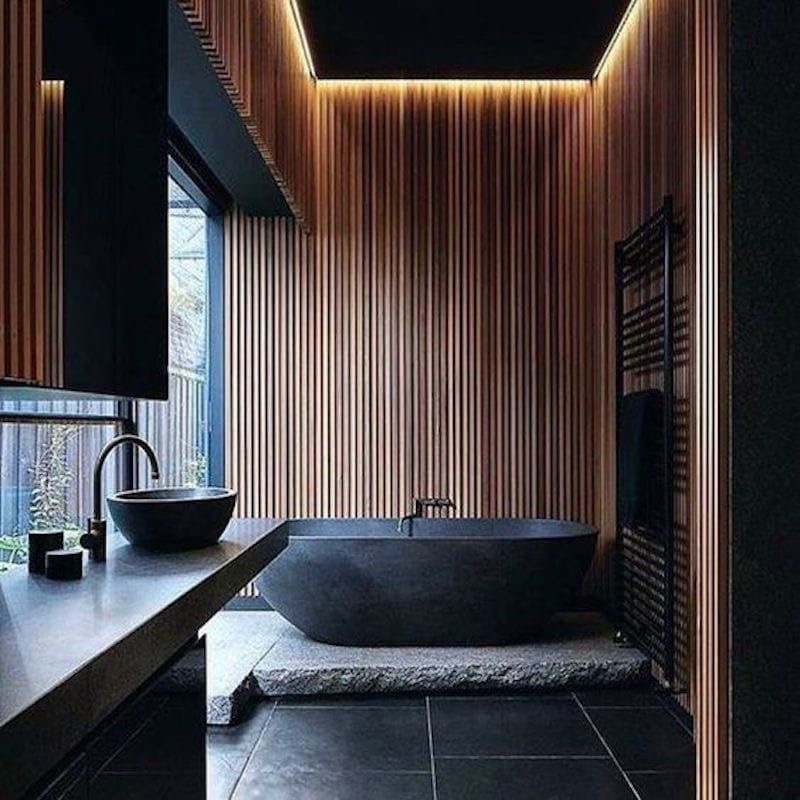
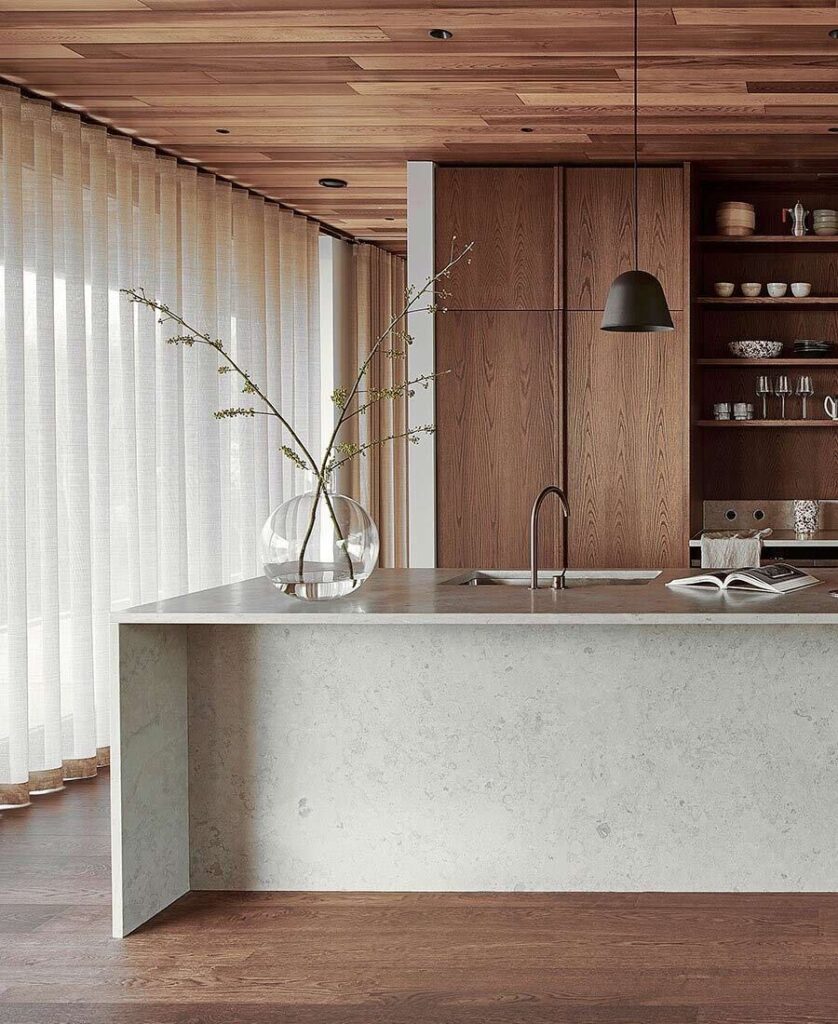
Evolving Trends
Japandi Style has been gaining popularity in recent years due to its unique blend of Japanese and Scandinavian design elements. As the world becomes more connected, Japandi Style is likely to continue evolving and incorporating new trends from other cultures.
One trend that is already emerging is the use of natural and sustainable materials in Japandi Style. This includes materials such as bamboo, cork, and recycled wood. Additionally, there is a growing interest in minimalism and decluttering, which fits well with the clean lines and simplicity of Japandi Style.
Global Adoption
Japandi Style has already gained a following in many parts of the world, including Europe, North America, and Asia. As more people become aware of this design style, it is likely to continue spreading and evolving.
One factor contributing to the global adoption of Japandi Style is its versatility. It can be adapted to fit a wide range of spaces and personal styles. Whether you live in a small apartment or a large house, Japandi Style can be tailored to suit your needs.
Overall, the future of Japandi Style looks bright. With its timeless elegance and adaptability, it is sure to remain a popular design choice for years to come.
- 4.2Kshares
- Facebook0
- Pinterest4.2K
- Twitter0
- Reddit0

